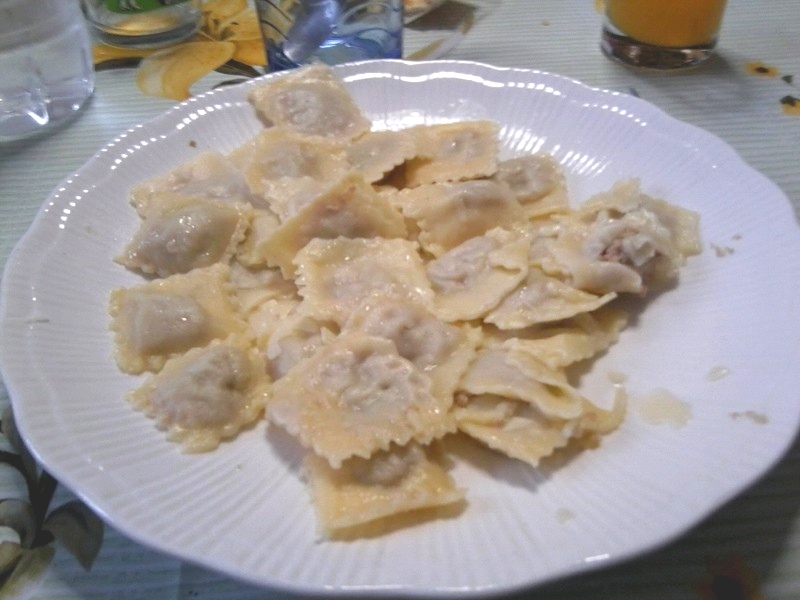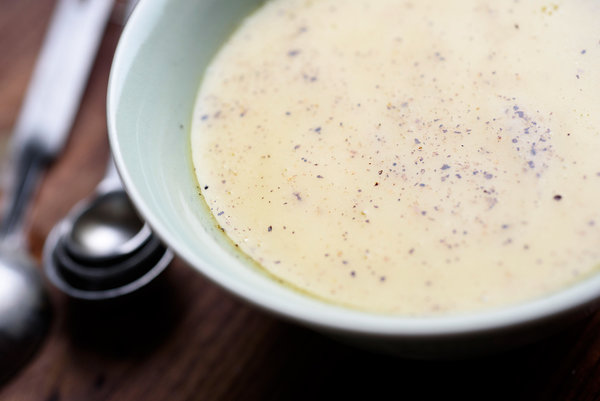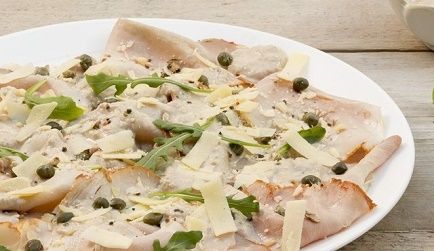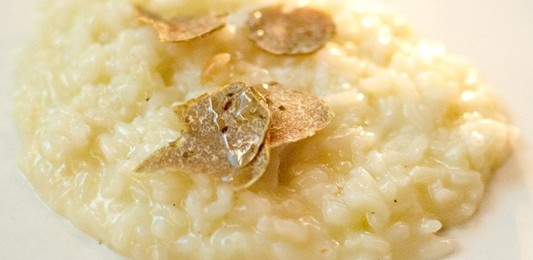
Piedmontese cuisine is rich in dishes and typical products of the region. They range from products such as sausages and cheeses, which result in traditional culinary dishes.

If it is true that Piedmontese cuisine is among the most varied and refined in our country, it is also true that many of its recipes are peasant-inspired. The Piedmontese, by their nature sober but also lovers of good food, have rich and articulated menus. Salient features: the abundant use of butter and lard (especially in the past), the consumption of raw vegetables, the use of sanato (veal of a few months fed only with milk), the choice of cheeses, the extended presence of truffles, the preparation of breadsticks and the careful use of garlic (bagna cauda).

A place of honor in the food of Piedmont is occupied by rice, which has in this area its area of greatest European production. In the Vercelli area, the reclamation of the marshy lands made by the Cistercian monks at the end of the Middle Ages, led to the intensive cultivation of rice, and the consequent migratory flows of the workers promoted their consumption throughout the region. While preserving authenticity, Piedmontese cuisine had to come to terms with the ‘700 with the influence of neighboring France. This is witnessed by the eighteenth-century treaty of anonymous: “The Piedmontese cook perfected in Paris”.

The “Treatise on the cuisine of the patisserie” by the Piedmontese Giovanni Vialardi is fundamental in nineteenth-century culinary publications. The work provides a rich repertoire of Italian and non-Italian recipes, handing down to us some fundamental preparations of the Turin and Piedmontese cuisine. In the treatise by Vialardi the “tomatics” (tomatoes) stuffed with Novara rice, the “apple or pear carlotte” (cooked fruit cake) whose name derives from the French charlotte, and the “sugared chestnuts” (marrons glacés) are mentioned. ).

There are several preparations called “Piedmontese”. The generic one identifies a recipe characterized by the presence of white truffles, then there is the farinata, the “bollito” (beef and veal), the fritto (antipasto with river fish, offal, apple fritters, sweet semolina and amaretti) ).



